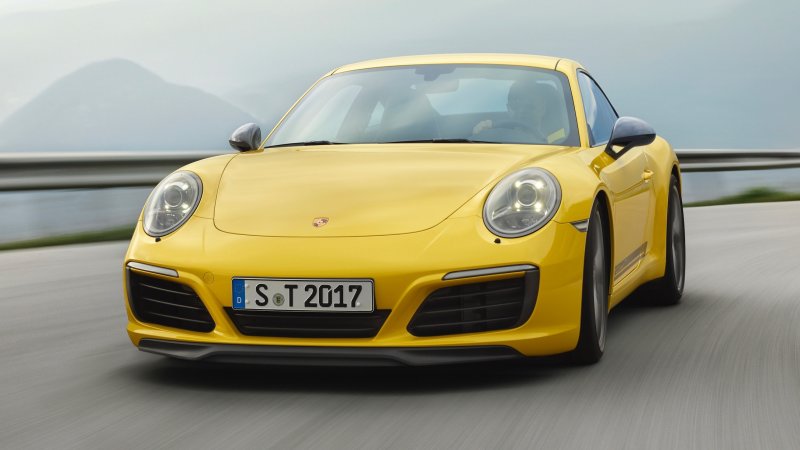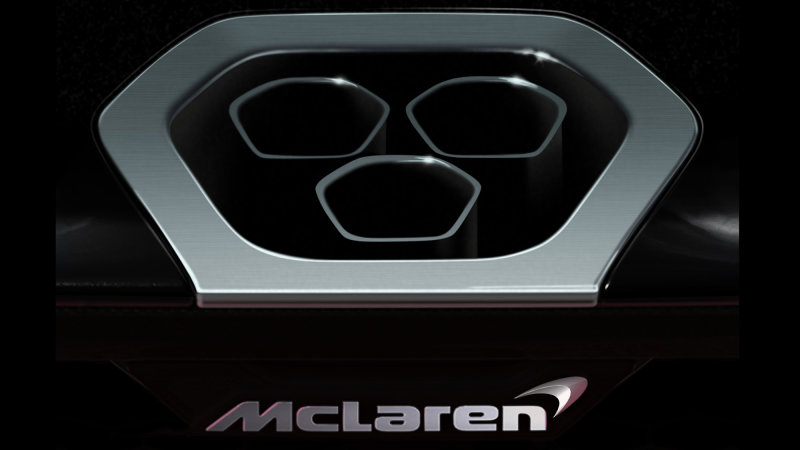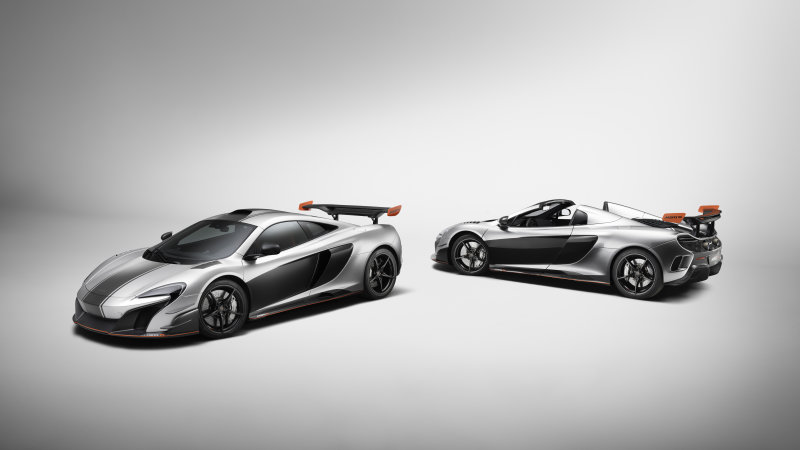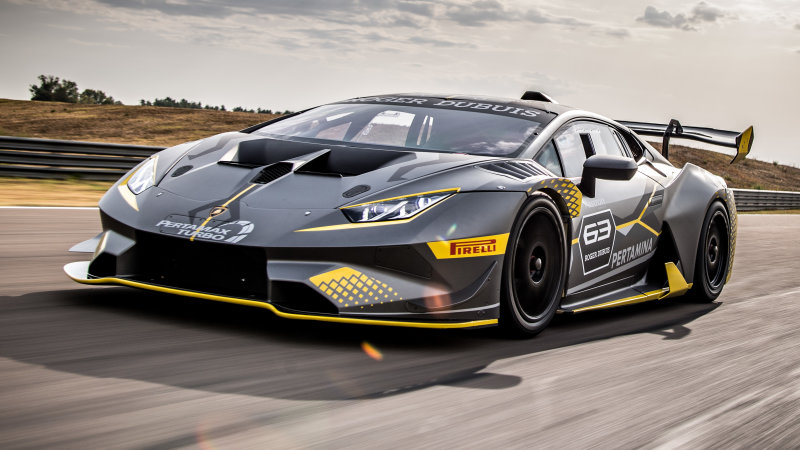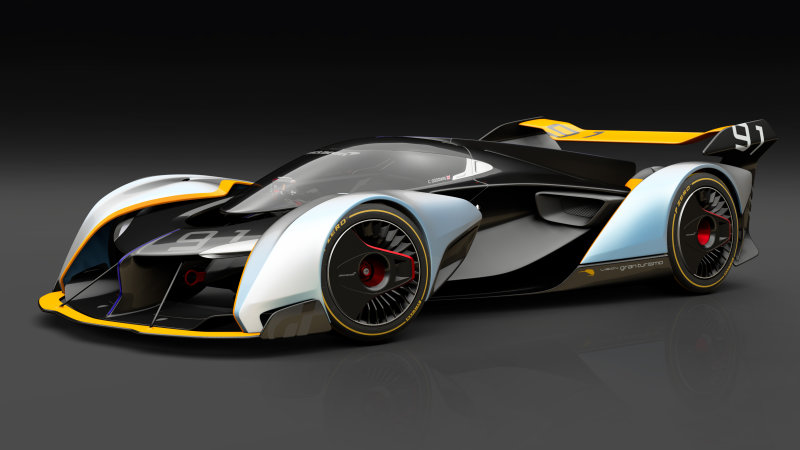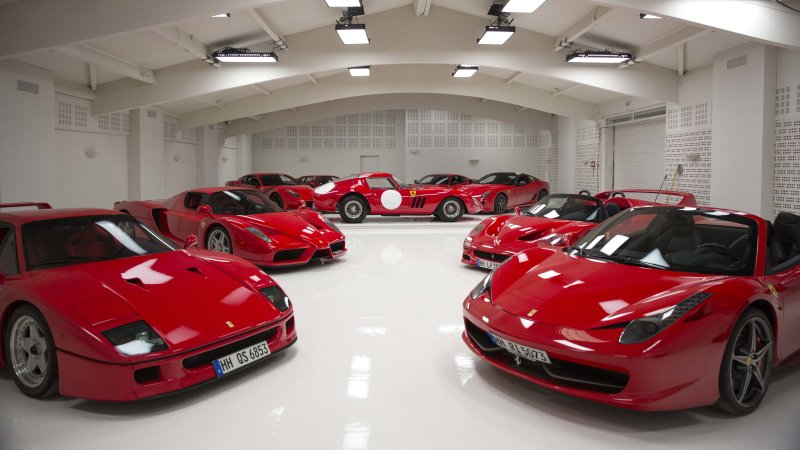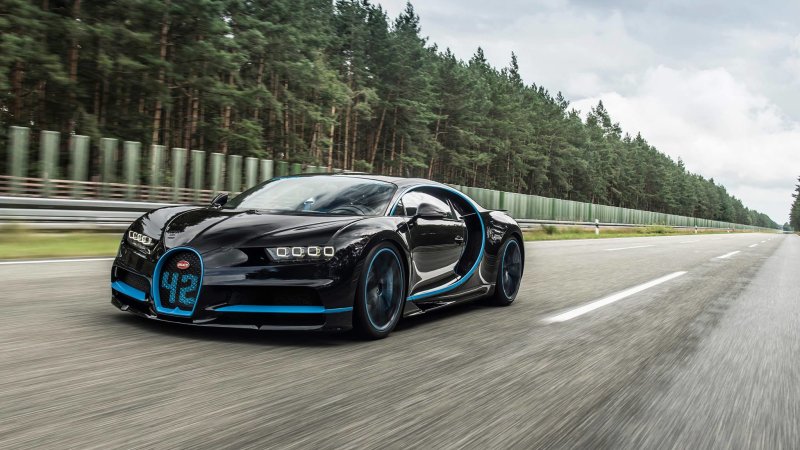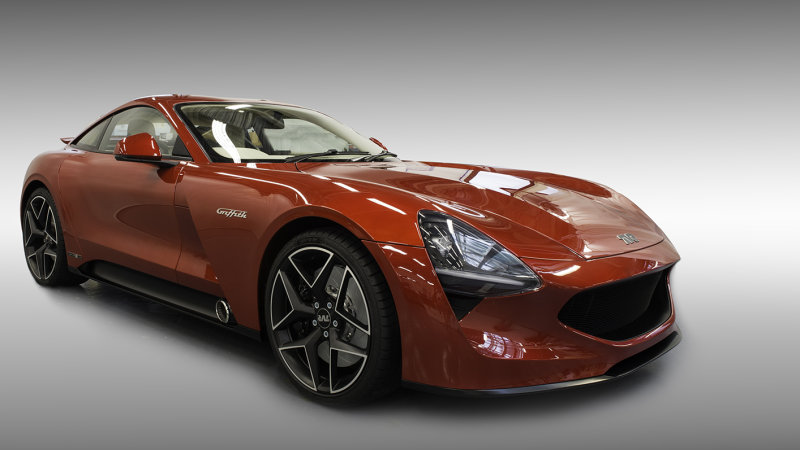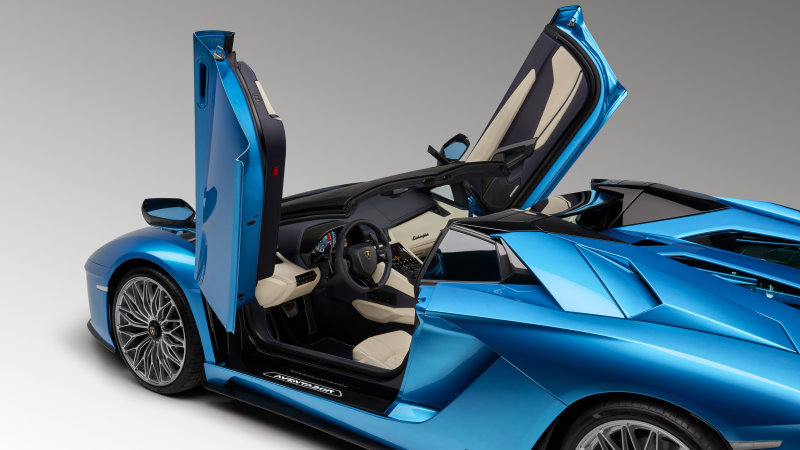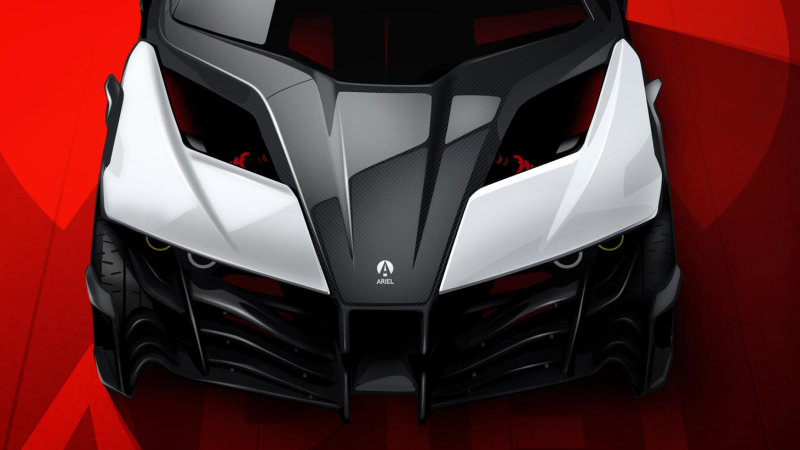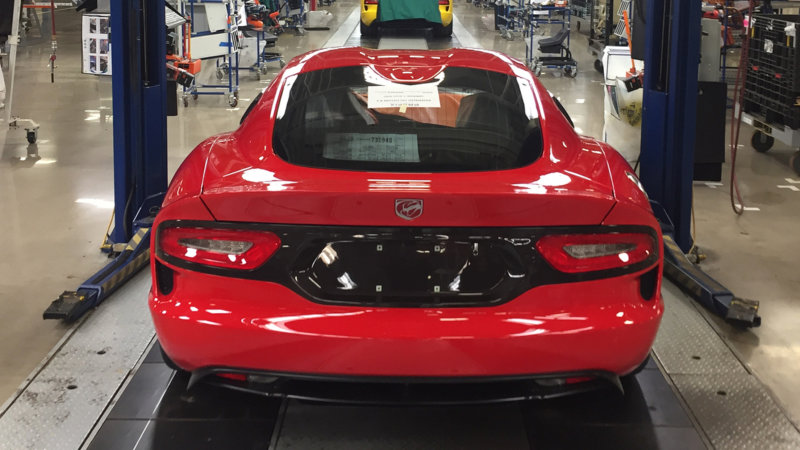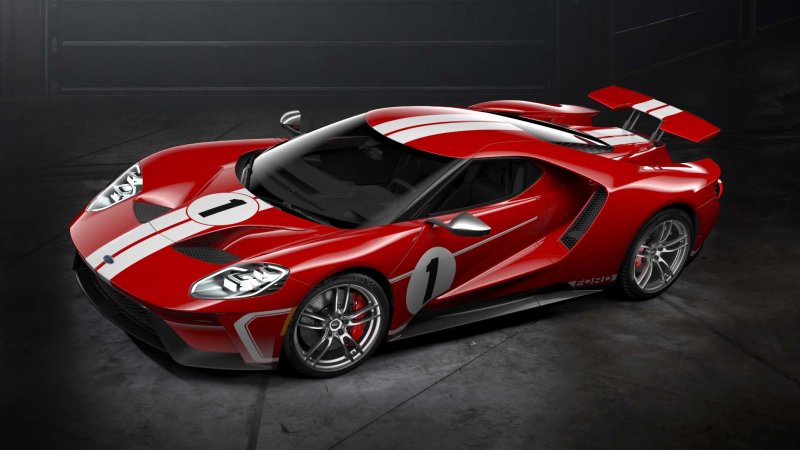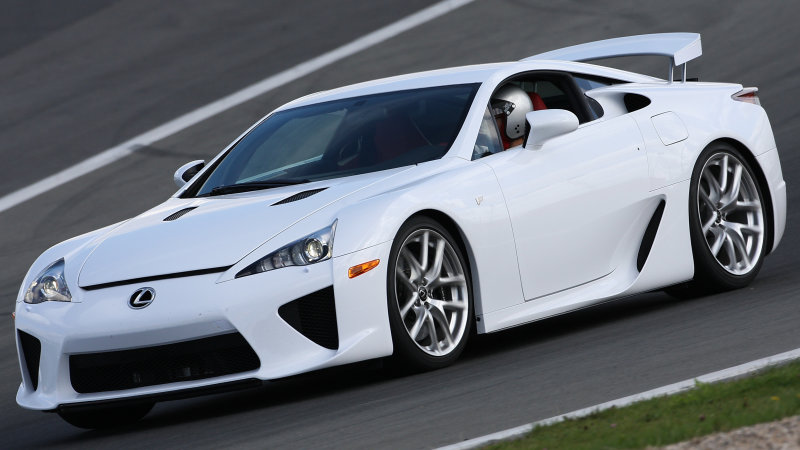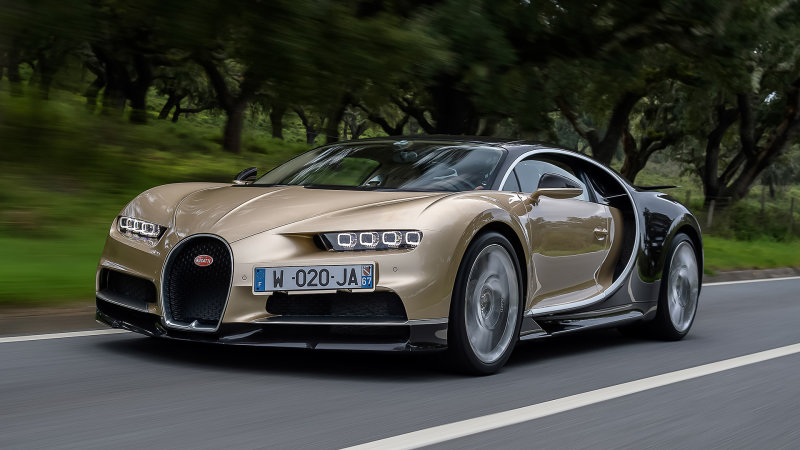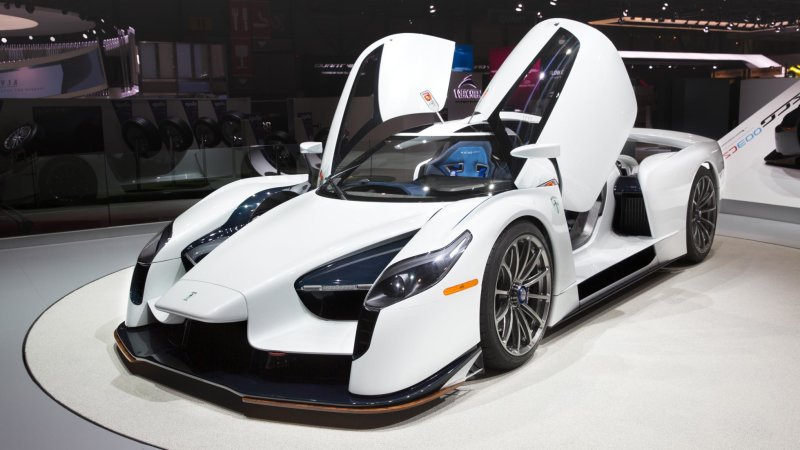Anyone who followed the British car world up until about five to 10 years ago should be familiar with TVR. A small company that specialized in sports cars with huge power, scary handling and wild styling (Side exhausts! Clear spoilers! Chameleon paint!). And, if you’ll note here around the 1:10 mark, they were personally signed by the blokes who made them — along with some creative imagery at times.
Well, after disappearing for a decade amidst economic troubles and ownership changes (to put it mildly), the brand has finally re-emerged, pulling the covers of its new TVR Griffith at the Goodwood Revival in time for the brand’s 70th anniversary.
As always, TVR has chosen a long hood, short deck configuration with a handsome fastback roofline. Though there are plenty of go-fast aero enhancements and oddities (side pipes forward of the doors), it’s less bonkers and kit car in appearance than the last go-around of TVR’s such as the Tuscan or Sagaris. It’s actually quite handsome, if a wee bit fish-like up front.
In terms of dimensions, it’s quite small, with an overall length and height that undercuts a Porsche 718 Cayman by about 2 inches (it’s 2 inches wider) as opposed to the higher-end sports cars with which it’ll compete. At 2,755 pounds, it weighs about 200 pounds less than a Cayman as well thanks to an all-new platform that makes use of the iStream Carbon manufacturing process developed by Gordon Murray.
It sure doesn’t have the engine of a Cayman, though. Powering the Griffith is a Ford Coyote 5.0-liter V8 massaged by another British motoring legend, Cosworth, to produce 506 horsepower (or an even 500 brake horsepower in Britain). TVR promises a 0-60 time in the sub-4-second range and a top speed of higher than 200 mph. A Tremac six-speed manual and rear-wheel drive are mandatory as Queen, country and God intended.
The suspension utilizes double wishbones up front and adjustable coil-overs, while electric power steering is another indication TVR has entered this century. The inclusion of ABS and traction control indicates it’s finally caught up to the last.
While much of the car would seem to be rather state-of-the-art, the cabin has the sort of parts bin look you’d expect of low-volume sports car makers. The air vents and turn signals are clearly pulled from a Ford Fiesta, for instance. Then again, Aston Martins have had Volvo tech controls and Miata door handles and no one seemed to care much. The large display screens for the infotainment system and instruments would at least show the company is making a concerted effort to keep up with the times.
TVR is presently taking orders for the Griffith with an asking price of £90,000 and a delivery date in about a year. No, you won’t be able to get one in the United States.
Related Video:

